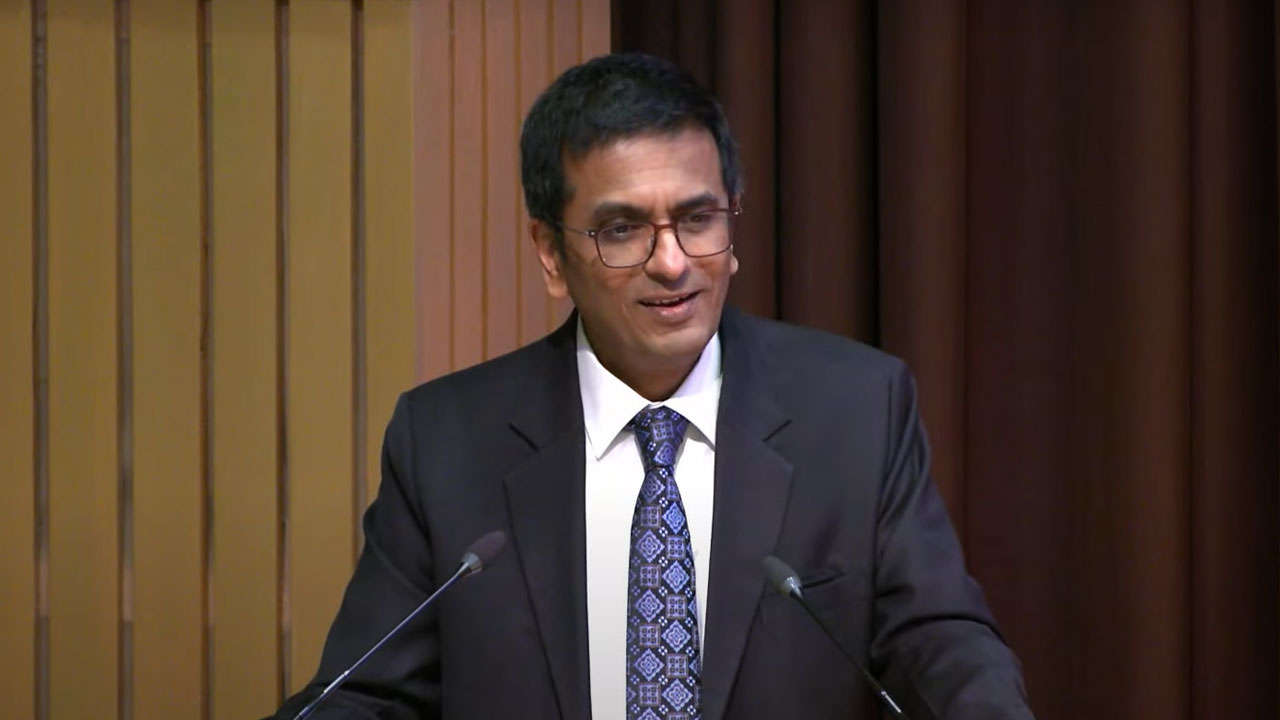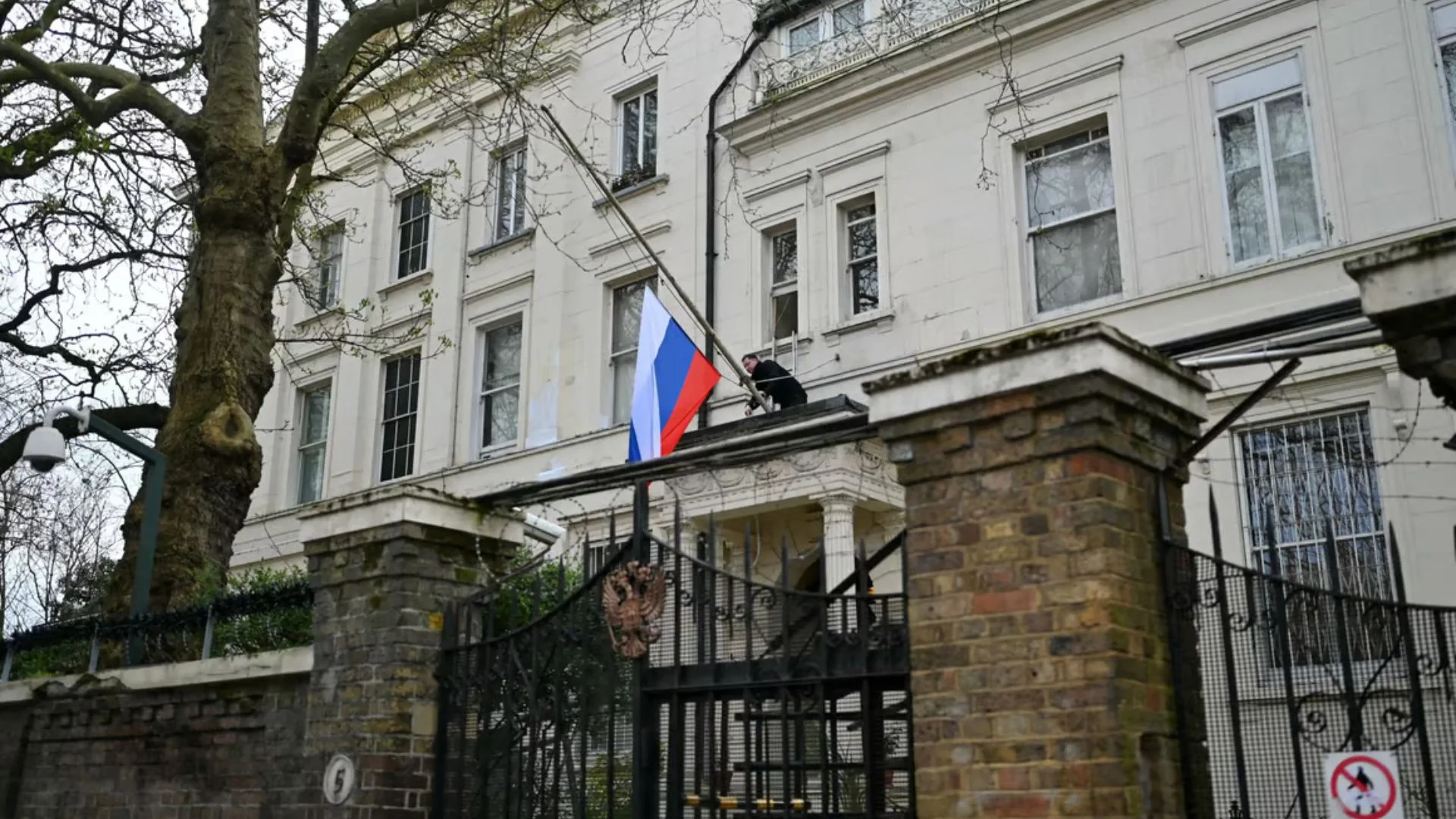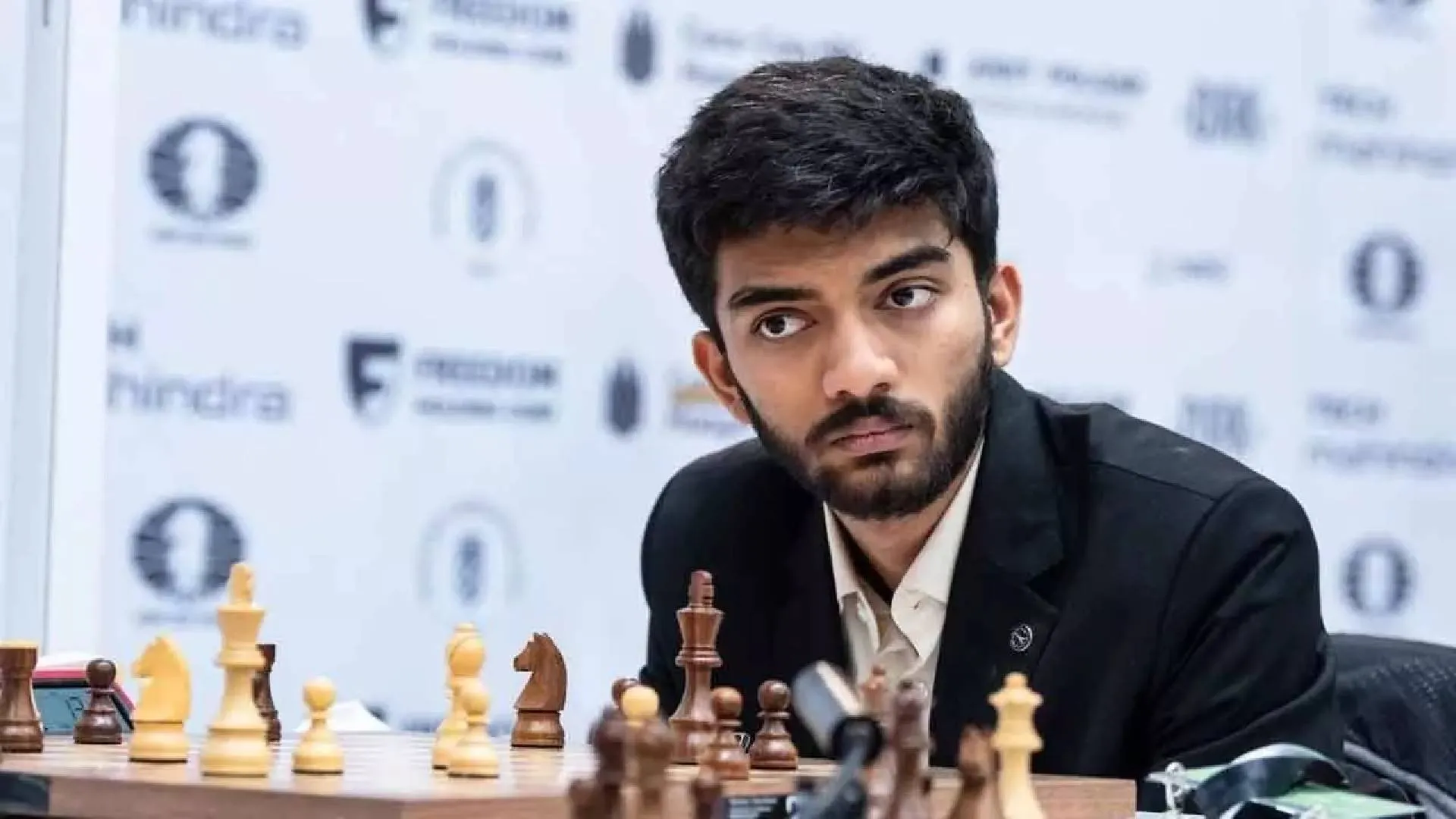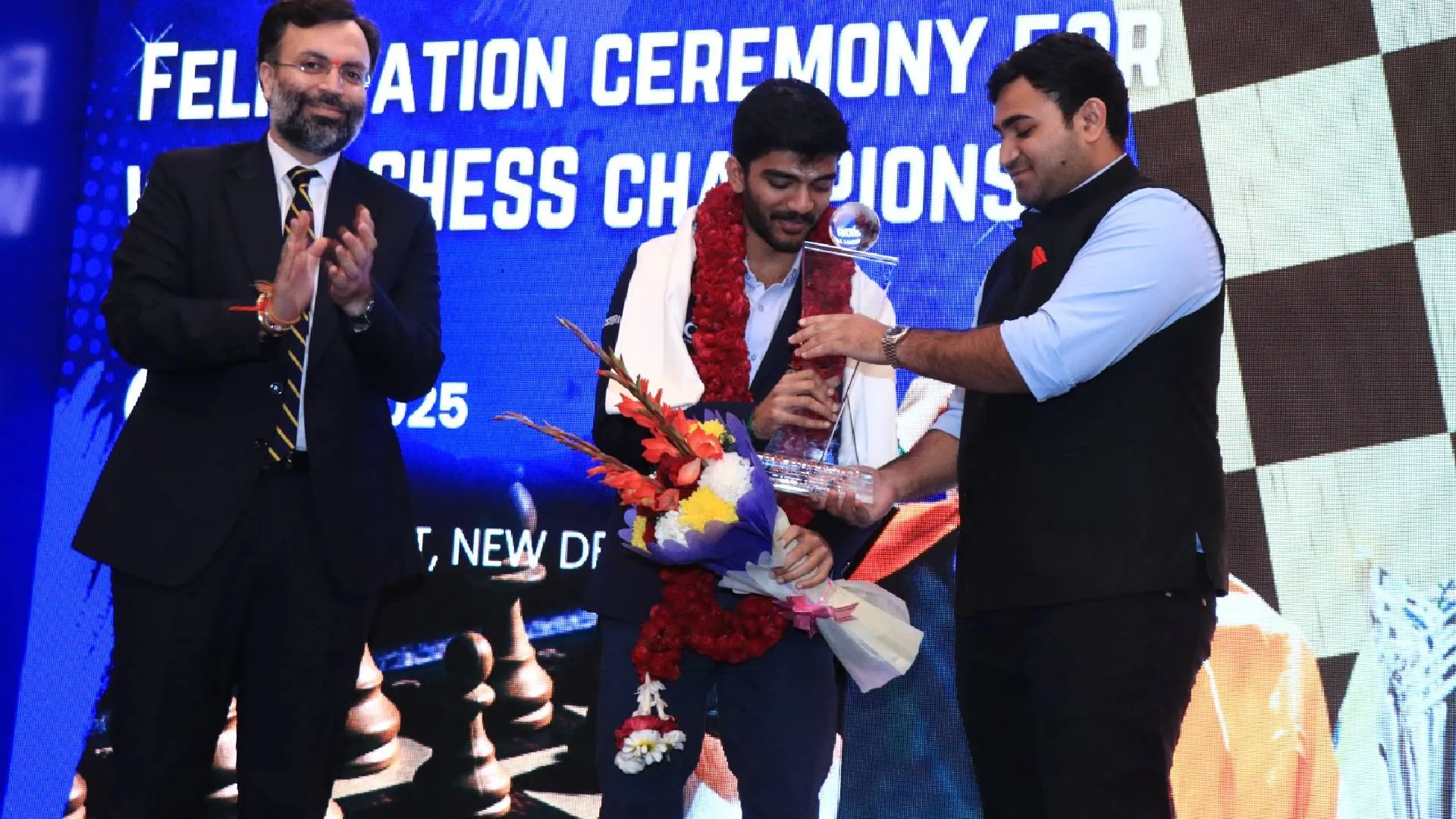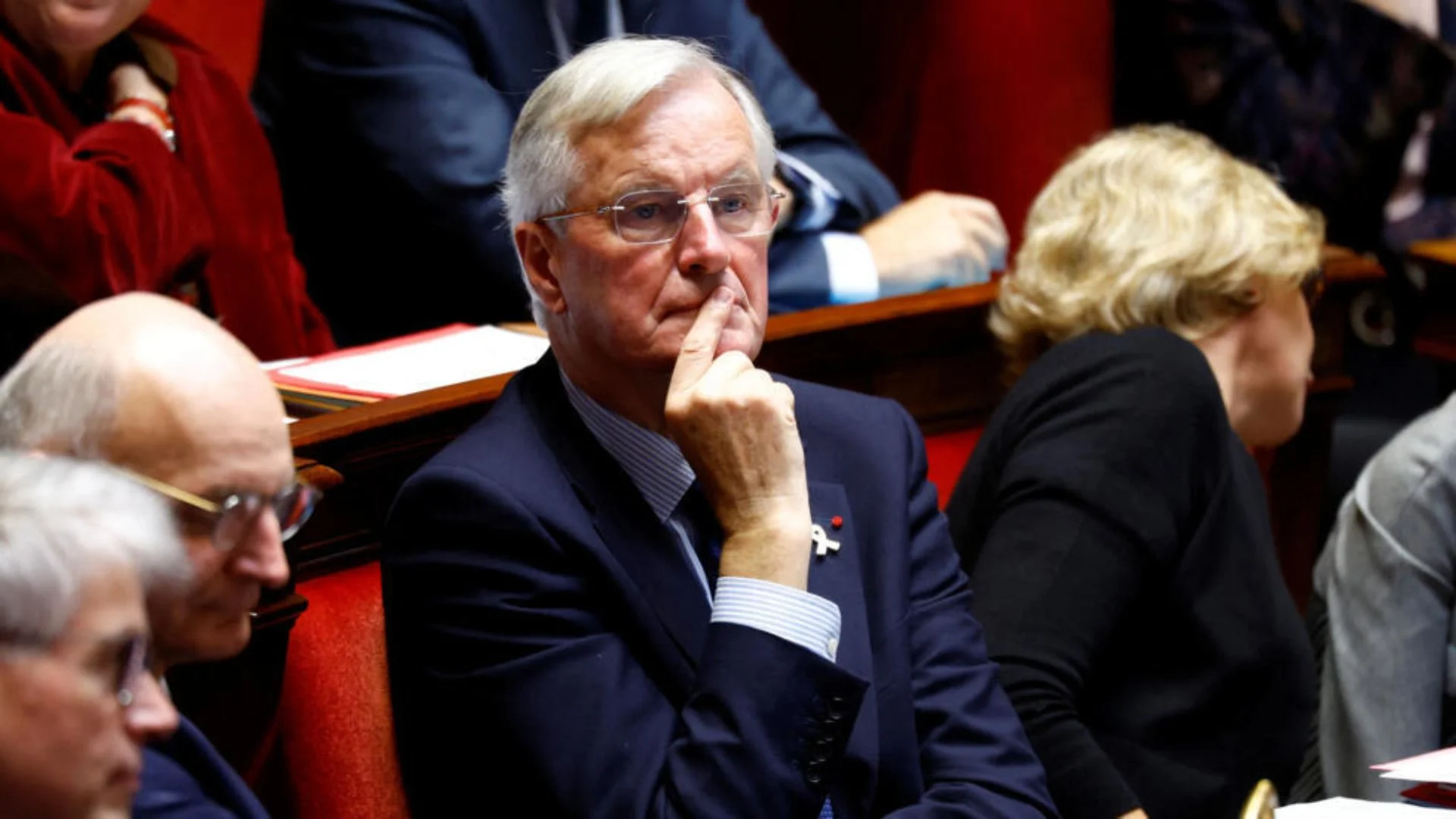The Chief Justice of India (CJI) DY Chandrachud on Thursday announced that the video of the Kesavananda Bharati judgment, marking the 50th anniversary of the pivotal case, is now accessible in 10 Indian languages on the Supreme Court’s website.
CJI stressed the significance of overcoming language barriers to broaden access to the court’s proceedings for a more extensive segment of society. He asserted, “Language barriers prevent people from truly understanding the work of the court,” underscoring the importance of translating legal content into regional languages.
On the 50th anniversary of the landmark judicial pronouncement in the Kesavananda Bharati case, the Supreme Court had unveiled a video dedicated to the historic 1973 Fundamental Rights case.
The video provides viewers with details about the case background, key legal issues, the judges on the bench, the advocates involved, arguments presented, and the conclusions drawn. “We had created a webpage for the judgment to mark the
50 years of Kesavananda Bharati. To reach out to a wider section of our society, I thought we could translate it into Indian languages,” remarked the CJI. The video has been translated into ten Indian languages, namely English, Hindi, Telugu, Tamil, Odia, Malayalam, Gujarati, Kannada, Bengali, Assamese, and Marathi.
According to the CJI, this initiative aligns with the Supreme Court’s continuous efforts to translate judgments into various Indian languages, with 20,000 judgments already available on the electronic version of the Supreme Court Reports (eSCR).
Solicitor General (SG) Tushar Mehta expressed that this initiative raises awareness among people familiar with the Kesavananda Bharati judgment but unaware of its monumental importance.
CJI also emphasized the impact on students, especially those in less resourceful colleges. He stated, “Students for instance, who were not in highly resourced colleges- they can’t even access Judgements. Now a student who wants to read a judgment in eSCR in Hindi can…now you have the same free text facility in Hindi as is in English.”
The Solicitor General added, “India must be the first country to start this,” to which CJI confirmed, “No other country has. We were talking to the other Chief Justices who had come at the NALSA event. They were also saying they’ll do this in their jurisdictions.”
What is Kesavananda Bharati case?
The judgment in the Kesavananda Bharati case, pronounced on April 24, 1973, stands as a landmark ruling of the Supreme Court of India.
Sri Kesavananda Bharati, the head of a Hindu religious mutt in Kerala, initiated the case, challenging the constitutional validity of the 24th, 25th, and 29th Amendments to the Indian Constitution. These amendments aimed at restricting the powers of the judiciary and the fundamental rights of citizens.
The case was presented before a bench of 13 judges of the Supreme Court of India, making it one of the largest benches in Indian legal history.
The bench consisted of Chief Justice S. M. Sikri, Justice J.M.Shelat, Justice K.S. Hegde, Justice A.N.Grover, Justices A.N. Ray, Justice P. Jaganmohan Reddy, Justice D.G. Palekar, Justice H.R. Khanna, Justice K.K. Mathew, Justice M.H. Beg, Justice S.N. Dwivedi, Justice A.K. Mukherjee, and Justice Y.V. Chandrachud.
The bench was convened to address crucial constitutional questions regarding the Parliament’s authority to amend the Constitution. The proceedings took six months to conclude, culminating in the issuance of the final judgment.
In a historic 7:6 majority decision, the Supreme Court established the basic structure doctrine of the Constitution. This doctrine asserts that certain fundamental features, such as democracy, secularism, federalism, and the rule of law, are beyond the reach of parliamentary amendments.
Additionally, the court affirmed that the power of judicial review is an intrinsic component of the Constitution’s basic structure and cannot be revoked by Parliament through constitutional amendments.
The Kesavananda Bharati case holds significant importance as it laid the foundation for the doctrine of the basic structure of the Indian Constitution.
This doctrine safeguards essential aspects of the Constitution, including its supremacy, the rule of law, and the independence of the judiciary, preventing their amendment or abrogation by parliamentary actions.
This doctrine serves as a constraint on the Parliament’s authority to amend the Constitution, ensuring its adaptability to changing times while upholding its fundamental values and principles.
The Kesavananda Bharati case has had profound implications for the constitutional evolution of India, emerging as one of the most consequential cases in Indian constitutional law.

